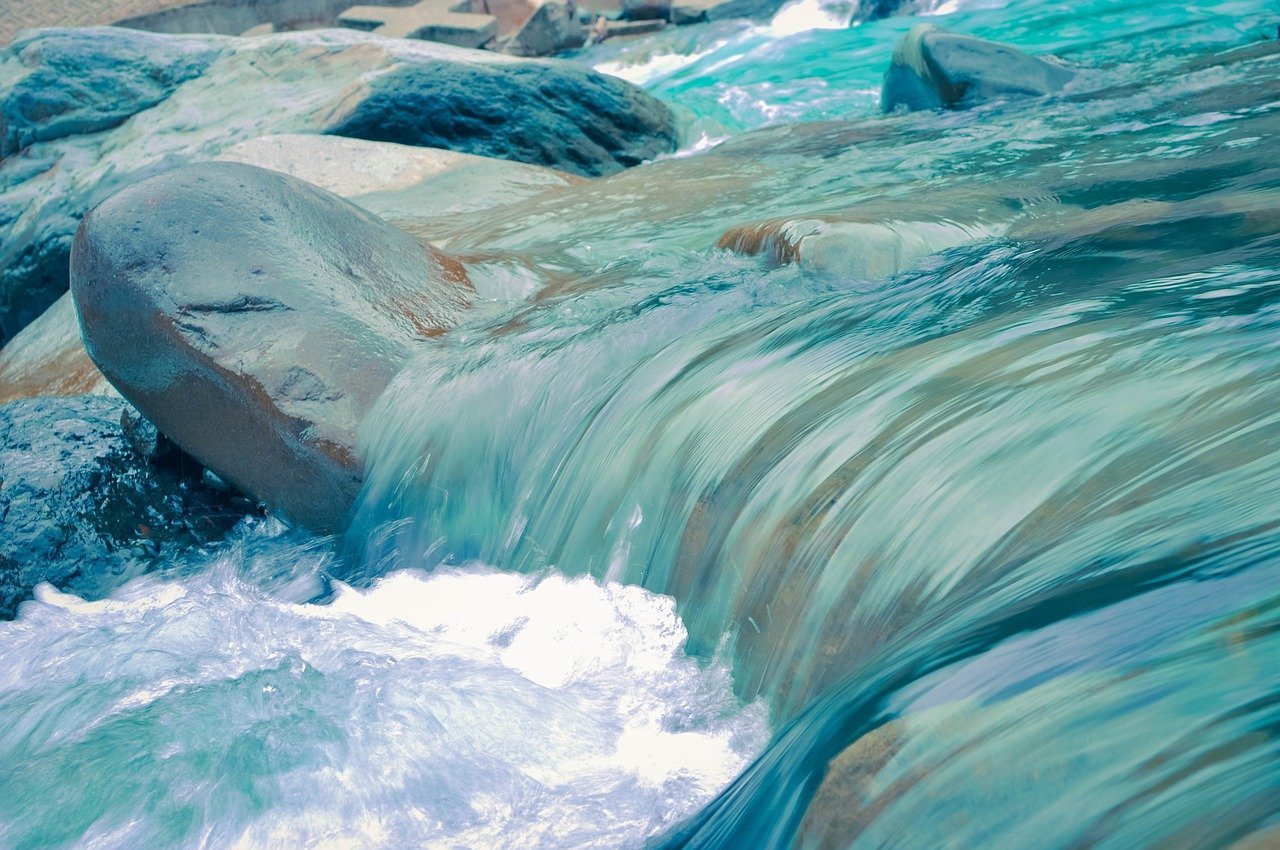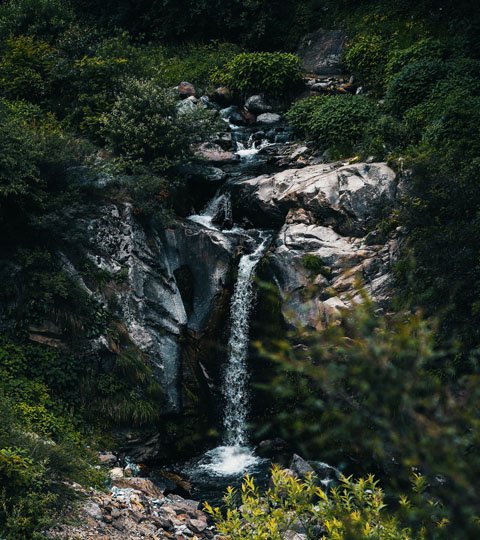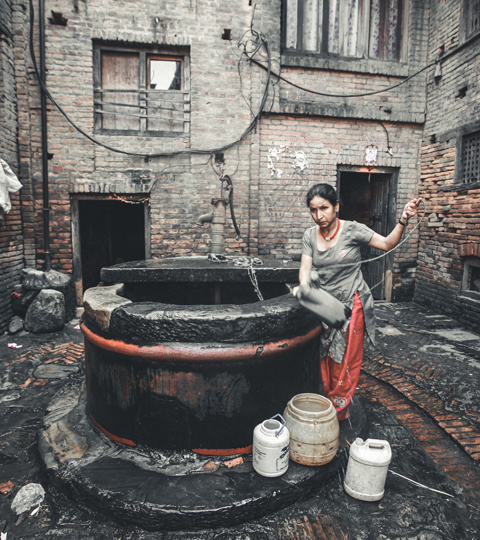
research

S4W-Nepal Research
Rainfall
Rainfall is the main terrestrial input of the global water cycle; without it, our springs, streams, lakes, and communities would gradually disappear.
Rainfall, a dominant climatic feature of the global atmospheric cycle, is vital for regulating terrestrial water systems, including rivers, lakes, groundwater, etc. The average annual rainfall in Nepal ranges from 1500 to 2000 mm. The uneven distribution of rainfall, in terms of both spatial and temporal domains, often leads to rainfall extremities in Nepal that have an adverse impact on lives as well as socio-economic factors. Proper understanding of the rainfall patterns will support effective planning and management regarding water-related issues.
S4W-Nepal has been monitoring rainfall of the Kathmandu Valley as well as other places of the country by providing a cost-effective rain gauge to citizen scientists. Our citizen science approach for monitoring rainfall is considerably economical, participatory, and rapidly scalable than other conventional methods. If you’re willing to learn about the rainfall patterns of the Kathmandu Valley, have a look at our recent publications.
S4W-Nepal Research
Surface Water
Conserving surface water is the fundamental step to sustain human civilization and aquatic ecosystems.
Surface water, the utmost source of fresh water on Earth, is crucial for supporting ecological systems and diverse forms of life. The wide accessibility of surface water has made the resource more vulnerable to overexploitation in the context of Nepal. Streamflow monitoring is essential to understand the dynamic nature of streams and estimate the overall condition of the watershed. It also provides baseline information regarding the water resources for the regulation of effective management interventions.
S4W-Nepal mobilizes young researchers and citizen scientists for monitoring the water level, discharge, and quality of different streams of the Kathmandu Valley. Every month, we perform the United States Geological Survey (USGS) mid-section method to measure the discharge of streams by using a SonTek FlowTracker Acoustic Doppler Velocimeter. Moreover, we have installed several cost-efficient water level gauges for recording water level measurements of the streams.


S4W-Nepal Research
Groundwater
Aquifer depletion is a largely invisible threat, but that doesn’t make it any less real.
Lester R. Brown
Groundwater, the water extant in open spaces and pores under the ground surface, is inextricably linked with the proper functioning of the global ecosystems and the well-being of mankind. In Nepal, groundwater is a preferred source of water; however, its depletion and deterioration are widely prevalent due to diverse anthropogenic activities. Groundwater monitoring is crucial for the implementation of science-based management policies that can eradicate its overexploitation to some extent and ensure the long-term sustainability of the resource.
S4W-Nepal has been monitoring the monthly groundwater levels of 35+ shallow hand-dug wells of the Valley since 2017 by leveraging citizen scientists. In addition, we also assess the seasonal water quantity/quality of stone spouts and ponds of the Valley. Besides that, S4W-Nepal has been carrying out a stream-aquifer interaction study to understand the linkage between surface water and groundwater systems of the Valley.
Contribute As Volunteer
If you live in Nepal and are interested in participating in S4W-Nepal as a citizen scientist please contact us.
All that is needed is enthusiasm and access to an Android Smartphone; we’ll teach you the rest!
